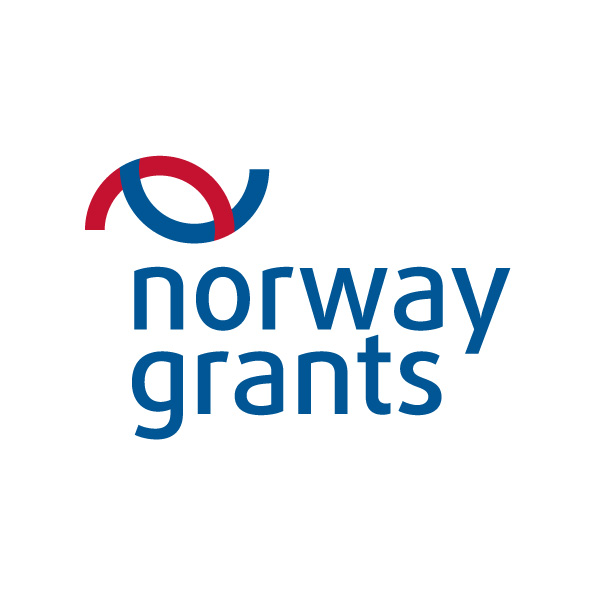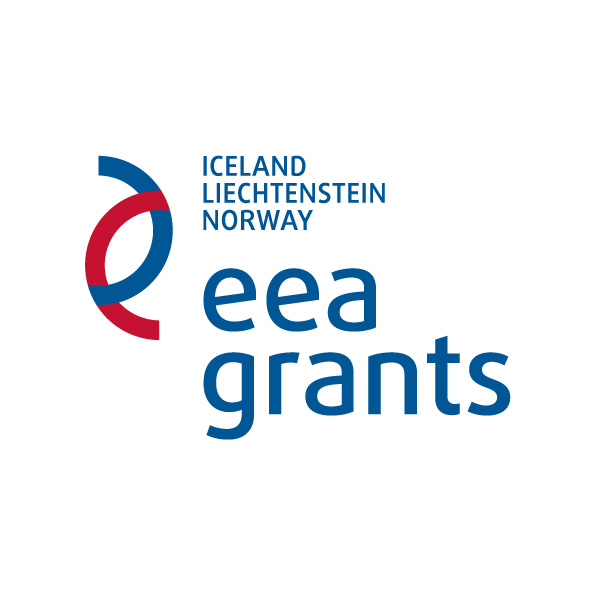ERA-NET ICRAD
Proposal Acronym: Biosens4PrecisionMastitis
Proposal ID: 94
The project aims to improve farm profitability by developing cutting-edge technology for early diagnosis of cows infected with mastitis. Diagnosis of bovine mastitis is of utmost importance due to its economic, social and environmental impact. This infectious disease not only affects animal health and welfare, but also might pose milk consumers at risk. The economic burden of bovine mastitis on the dairy industry is enormous, driven by production losses and treatments. Mastitis reduces milk yields and quality, the latter causing loss of quality premiums. Late and poor intervention is mostly due to significant limitations in the methods currently used for diagnosis. When significantly high rates of infection are detected within the herd, culling is recommended. If signs indicate infection can be controlled, antimicrobials are administered, and isolation of infected cows is enforced. Of high concern is the fact that antibiotics are often administered without evidences supporting mastitis, even given to entire herds during drying off periods. Antibiotic overuse induced by the current limitations in mastitis diagnosis is thus key in the emergence of antibiotic resistance. Apart from directly affecting animals’ immune response, antibiotic residues can be present in milk intended for human consumption and be released into water and soil. Therefore, animal mastitis significantly contributes to maintaining antimicrobial resistance at the forefront of the most pressing global one health issues.
EEA / Norway grants
The municipal was tewater, wastes from industry and agriculture contain large amounts of organic materials (including hydrocarbons ) that are subjects of biological degradation processes. Disposal of these waste materials can be combined with the generation of alternative energy sources. Biogas industry uses organic waste-based alternative energy generation, the anaerobic degradation proces s is performed by specific consortia of microorganisms, the final biogas product consists of mainly methane and carbon dioxide. In the proposed project, our goal is to engineer, transform the original communities to microbial ecosystems producing the des ired end-products (e.g. biohydrogen instead of biomethane and CO2, which are the major natural end-products of anaerobic degradation). The directed evolution is proposed to achieved by physical-chemical interventions. Continuous monitoring of the microbial communities will be done using metagenomics approaches. We can accurately assess the taxonomic composition and functional / metabolic potential and even the actually active metabolic processes in the aerobic and anaerobic degrading communities us ing metagenomic / metatranscriptomic methods. Our goal is to determine the necessary material-dependent interventions , actions , that could direct the decomposition process to result in the desired end products. We will develop a twostage was te s ubs trate to green energy conversion technology, the first dark fermentation step will be followed by a second photoheterotrophic s tage generating and utilizing green algae biomass.
Links:
www.eeagrants.org
www.norwaygrants.org
Two-stage biodegradation of contaminating wastes linked to bioenergy generation using genomic approaches
- Project promoter: SEQOMICS Ltd.
- Duration: 2016.05.02. - 2017.04.28.
- Total costs: 234 195 025 Ft
- Amounts of aids granted: 198 801 105 Ft
The municipal wastewater, wastes from industry and agriculture contain large amounts of organic materials (including hydrocarbons) that are subjects of biological degradation processes. Disposal of these waste materials can be combined with the generation of alternative energy sources. Biogas industry uses organic waste-based alternative energy generation, the anaerobic degradation process is performed by specific consortia of microorganisms, the final biogas product consists of mainly methane and carbon dioxide. In the proposed project, our goal is to engineer, transform the original communities to microbial ecosystems producing the desired end-products (e.g. biohydrogen instead of biomethane and CO2, which are the major natural end-products of anaerobic degradation). The directed evolution is proposed to achieved by physical-chemical interventions. Continuous monitoring of the microbial communities will be done using metagenomics approaches. We can accurately assess the taxonomic composition and functional / metabolic potential and even the actually active metabolic processes in the aerobic and anaerobic degrading communities using metagenomic / metatranscriptomic methods. Our goal is to determine the necessary material-dependent interventions, actions, that could direct the decomposition process to result in the desired end products. We will develop a two-stage waste substrate to green energy conversion technology, the first dark fermentation step will be followed by a second photoheterotrophic stage generating and utilizing green algae biomass.
Links:
www.eeagrants.org
www.norwaygrants.org
RAIDs FP7 Health (2012-2015)
Project: �Rational molecular Assessments and Innovative Drug Selection� RAIDs
Grant Agreement Number: 304810
Call identifier: HEALTH.2012.1.2-1: Development of technologies with a view to patient group stratification for personalized medicine applications.
FP7-HEALTH-2012- INNOVATION-1
Link: Nemzeti Kutatási, Fejlesztési és Innovációs Alap
Cervical cancer (CC) is the second most common cause of cancer deaths in women worldwide. The main objective of the RAIDs project (funded by the FP7 program of the EU and by the BONUS program) is to use this model system which is accessible to repeat biopsies to learn how to stratify patients into targeted therapies. The patients’ tumors will be classified into molecular subtypes based on their molecular profile by use of high-throughput technologies (sequencing, RPPA) combined with integrative bioinformatics analysis. Stratification is a learning process which will need constant readaptation. It will rely on prognostic and predictive biomolecular information gained from patients who will receive either standard therapy (the cognitive cohort) or patients who receive (first generation) targeted therapy. Bioinformatics will be an essential tool to allow integrative genome/proteome analysis and provide functional interpretation of the results at each step. Machine learning techniques will be used to select the most reliable biomarkers. These tools will be used to predict response to cc treatment or progression. Moreover, systems biology approaches will be used to unravel the gene regulatory networks and signaling pathways involved in the tumor progression and should be helpful to select predictive biomarkers and putative drug targets. Tumor material will be sampled before and following standard therapy or therapeutic HPV vaccination and/or novel targeted drug treatments. Clinical annotation by imaging methods as well as through biomarkers will have quality control procedures and relevant statistical models will be applied. RAIDS is a multidisciplinary approach integrating genomic studies, protein arrays, viral genotyping and immunohistochemical investigations on CC cells and tissues between academic clinical centers and SME’s. The project is expected to provide new tools for early diagnosis and targeted treatments exploited by SMEs and to accelerate innovation of CC therapy and improve quality of life.







